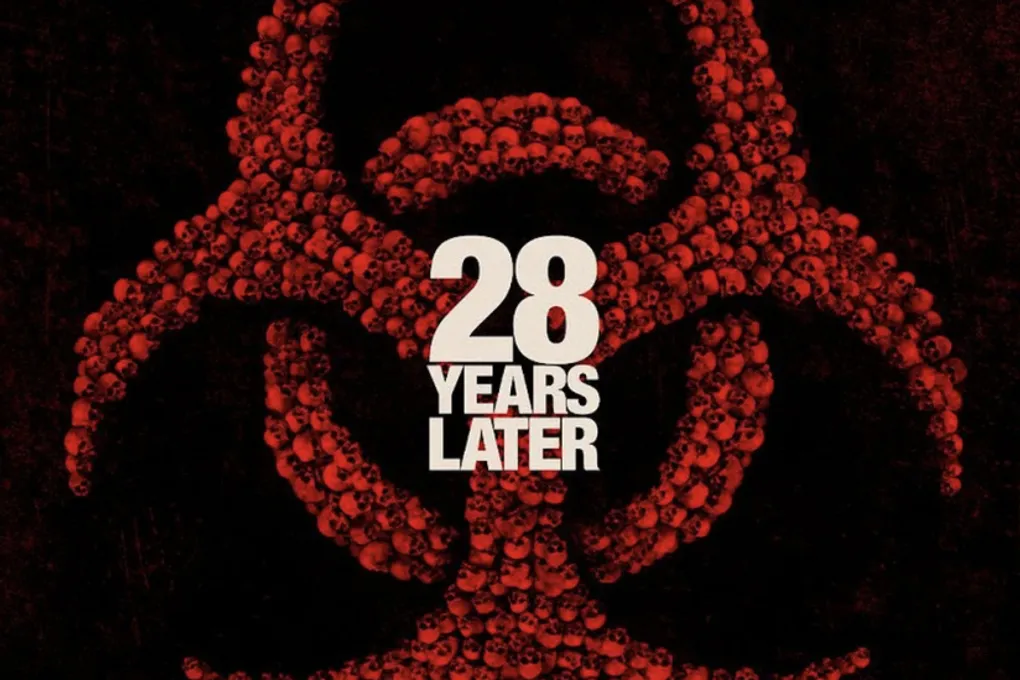
28 Years Later: From Raw Horror to... Power Rangers?
I had high hopes for 28 Years Later. The legacy of its predecessors is built on raw, visceral horror and the terrifying exploration of human nature under extreme pressure. The film even starts with a spark of that old promise. We’re introduced to a group of children, with a focus on a boy named Jimmy, giving us an intriguing glimpse into a new generation of survivors.
But then, just as you’re getting invested, the film abruptly cuts away.
We’re thrown into a completely different story with a father and his son. And let’s be blunt: the son has all the charisma of a wet cardboard box. The plot driving them—a clichéd quest to get their mother to a doctor on the mainland—feels uninspired and lazy. The palpable tension of the first two films is gone, replaced by a predictable journey with a character I couldn’t care less about.
Just when I thought it couldn’t get any stranger, the finale happens. Jimmy, the boy from the beginning, reappears as an adult, but he’s not alone. He’s leading a team of people dressed in colorful gear, performing acrobatic, almost choreographed, moves to dispatch the infected. It felt less like a desperate fight for survival and more like watching a Power Rangers squad. The gritty, terrifying realism that defined the series was replaced by something utterly ridiculous.
This movie is a massive letdown. The first two films understood that the real horror wasn’t just the infected, but the dark places humanity goes when pushed to the brink. 28 Years Later trades that psychological depth for cheap clichés and a bizarre, tone-deaf ending. It’s a sequel that fundamentally misunderstands its own legacy.